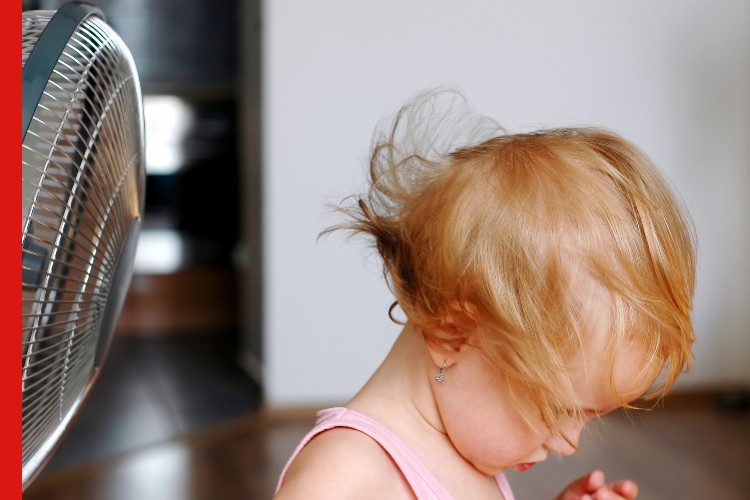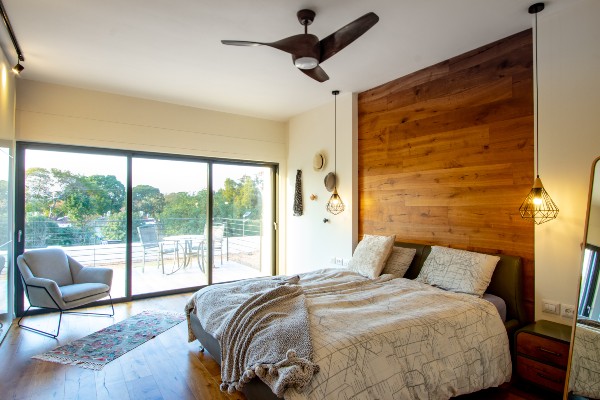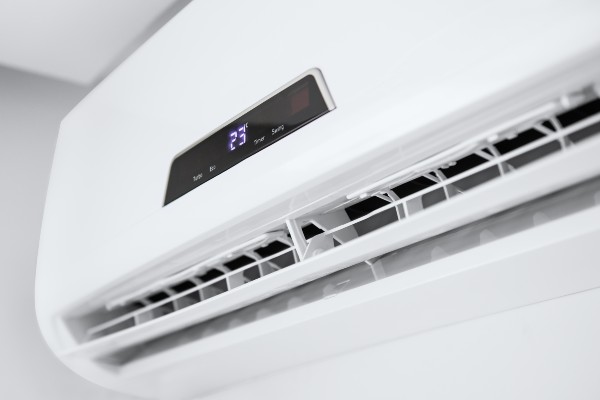
REDnews has delved into the world of cooling to outline the options for comfortable living.
If this summer has shown one thing, it’s that cooling your home in the warmer months is becoming as important as heating it in winter.
REDnews has delved into the world of cooling to outline the options for comfortable living.
1. Ceiling Fans
Ceiling fans are a permanent fixture that can easily be switched on and off without using one of your power points.
They not only circulate air in summer, but they can also help circulate warm air in winter and add an elegant design feature to your living room and bedrooms.
When searching for the right ceiling fan, these are the features to look out for:
- Height of ceiling: Your ceiling will need to be between 2.1 and 2.4 metres high for the best performance.
- Blades: Ceiling fans are mostly manufactured in wood, plastic or metal. Although performance doesn’t differ significantly between materials, plastic and wooden blades are usually the quieter option. Make sure to test the fan in a store before buying to check how much noise it makes.
- Fan motor: These devices either come with a direct current fan (DC fan), or an alternating current fan (AC fan). DC fans are known to be more efficient and consume less power than AC fans and are potentially quieter. AC fans are generally cheaper, but usually offer less fan settings.
- Cost: Ceiling fans can range from less than $100, up to more than $1,000, depending on the model, make and blade material, according to Consumer NZ.

Ceiling fans can also add a unique style to a room.
2. Heat Pumps / Hi Walls Air Conditioning
Despite being called a heat pump, these devices are just as effective as cooling the home. Heat pump is a term used in New Zealand, but the traditional name for this system is ‘hi walls air conditioning’.
While fans only make the air feel cooler as it blows onto your body, heat pumps actually cool the air in your home.
The device extracts heat from outside the property and pumps it inside after cooling the air with its refrigerator-like mechanisms.
There are hundreds of heat pump models to choose from in New Zealand and a selection of sizes to suit the size of the room it’s heating or cooling.
The downside of having a heat pump is that they can be noisy and require regular maintenance, such as cleaning the filters and making sure the outdoor unit stays clean. Your property will also need to have a wall that supports installation.
Heat pumps vary in cost, and you will also need to pay for installation. Therefore, one heat pump and its installation will likely cost between $2,300 and $3,500. The larger your home, the more heat pumps you will need to maintain the temperature throughout the whole property.
The actual units range in price from $1,350 to $3,500 and installation ranges from $750 to $900.
3. Traditional Plug-In Fans
Plug-in fans can range from large copper design features to tower fans and small desk fans, but they all only cool you when they’re directly blowing air onto your skin.
Seeing as these fans run on electricity, the more fans you have plugged in around the home, the more it will add onto your electric bill. Consumer NZ found that running one small 60W fan 8 hours a day will cost around $4 per month, however the bigger and more fans you have running could equate to a high bill.
Newer models of plug-ins labelled as ‘Pure Cool Fans’ with remote controls can cost the best part of $1,000 and still only move the air around the room as a traditional fan does.
A pedestal fan with a lollipop head can be very efficient, fairly quiet and costs around $170.

Heat pumps are another form of air conditioning.
4. Portable Air Conditioning Units
Although portable air conditioners are cheaper than heat pumps, costing between $400 to $1,000, they are not as efficient, according to Consumer NZ.
These units connect to a window, where the warm air is vented out and they cannot be moved around easily, as they weigh approximately 35kg.
Some of these units also offer heating too, so they can be used all year round much like a heat pump. The premium version provides 4.0kW of cooling capacity.
Airtech Managing Director Brian Stokes told REDnews that portables do work but can be a mess to use because they need to be vented to the outside.
“There is no alternative to air conditioning when comfort level is 21 degrees and it’s 24 [degrees] outside. Only air conditioning will work as the air needs to be cooled,” he said.
5. Ducted Heat Pumps / Centralised Air Conditioning
Central air conditioning, otherwise called ducted heat pumps are a more expensive form of central air but are extremely discrete and near silent.
“People like ducted because it’s discrete, but unless auto dampers [to regulate air flow] are put in each room, the temperature is an average across all the rooms,” Airtech’s Brian Stokes said.
“Ducted is a lot more expensive per kilowatt than hi walls (wall heat pumps) and much more work to install, but if you do not like the look of hi walls then it’s the way to go.
“There does need to be space to install this method in the ceiling of the under floor though and in modern homes that is not always the case,” he said.
Central air provides an even temperature throughout the home and can add value to your property.
The cost to run central heating varies between properties because they’re bespoke to each home.
Costs to install this system can range anywhere from $8,000 to $15,000 or more depending on the size of the property.
